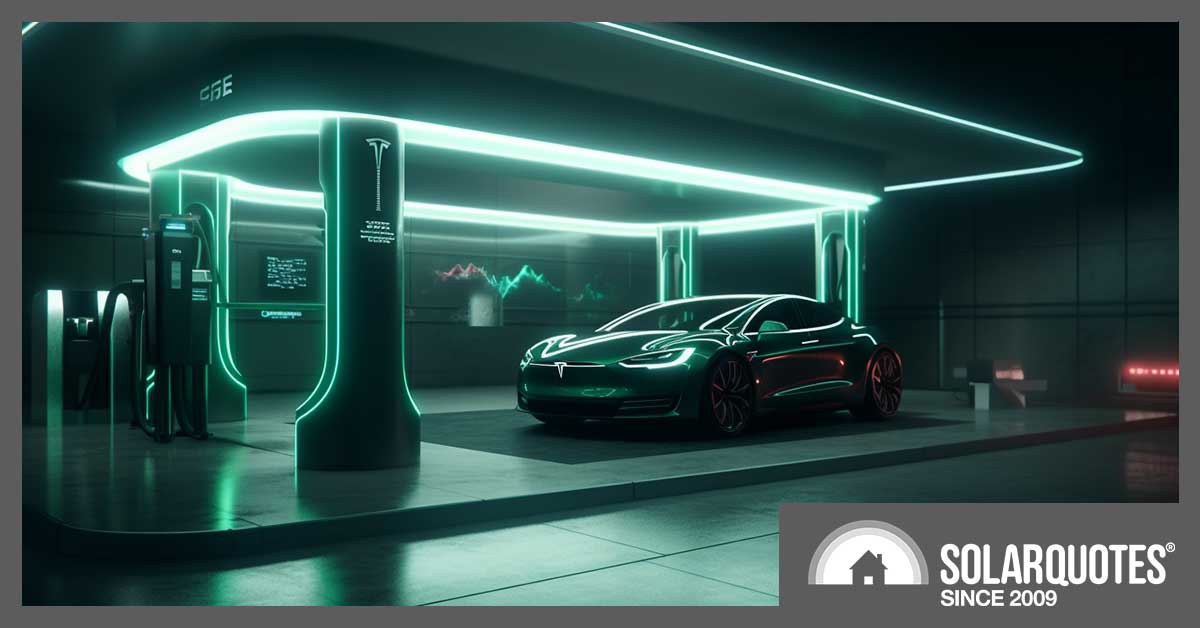
Tesla is facing a class action in California over claims that a software update issued in 2022 was “responsible for a drastic drop in battery performance and driving range in affected vehicles”.
In some cases, disgruntled owners say the update bricked their batteries completely, costing them US$15,000 in replacement, according to law firm Hagens Berman, leading the case.
The software updates affected their Model S and Model X electric cars.
In the complaint filed with the US District Court’s District of Northern California, one plaintiff alleged that after the update, his battery range dropped from 270 miles (this is America, after all) to 80 miles. However, a $500 trip to the workshop fixed it.
A plaintiff in Illinois claims that after “recent updates”, he has noticed a daily battery drain of 8% of charge, much greater than the maximum 4-5% seen before Tesla pushed the updates.
And a plaintiff in Washington claimed that after the update, his Model S would not start, and a Tesla showroom said the battery would have to be replaced.
Hagens Berman notes that Tesla has previously admitted diminished battery performance after previous software updates, citing a 2021 US lawsuit in which the car-maker settled for $1.5 million, and another in Norway, where 30 plaintiffs were paid $16,000 each.
Reuters quotes Hagens Berman attorney Steve Berman as saying:
“Tesla owners and lessors are uniquely at the mercy of the maker of their cars, and Tesla imposes software updates without consent whenever their vehicle is connected to Wi-Fi.”1
China ‘Recall’
Tesla has also had serious trouble in China, where the market regulator has ordered a recall of 1.1 million cars – reportedly most vehicles sold in the country – over a “braking issue”.
This Xinhua article said the State Administration for Market Regulation has ordered a recall that covers
“parts of imported Model S, Model X and Model 3 vehicles, as well as Model 3 and Model Y vehicles produced in China between January 12, 2019, and April 24, 2023”.
The administration wants drivers to get more control over regenerative braking, and to reduce the chance of collision, drivers should get more warnings if they “step on the accelerator pedal for long periods of time”.
It appears owners won’t have to take their cars to dealerships, since Xinhua said Tesla has promised a fix in an over-the-air software update.
Footnotes
- Note from Finn: That’s not strictly true. Teslas do require the driver to push a button on the screen to accept each software download. If you need to revert to a previous version, you can’t do that, but a Tesla service centre should be able to. ↩

 RSS - Posts
RSS - Posts



Meanwhile my 2013 Honda Civic starts first time, I don’t need any software updates and I get what I pay for out of a tank of fuel and not only 75% of a tank after some fuel evaporates 🙂